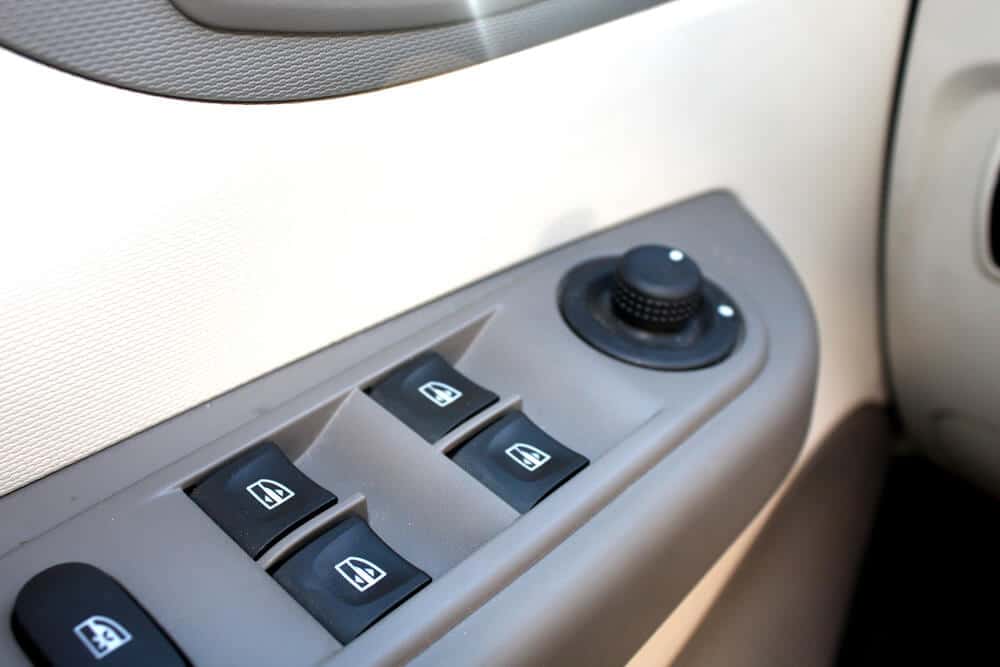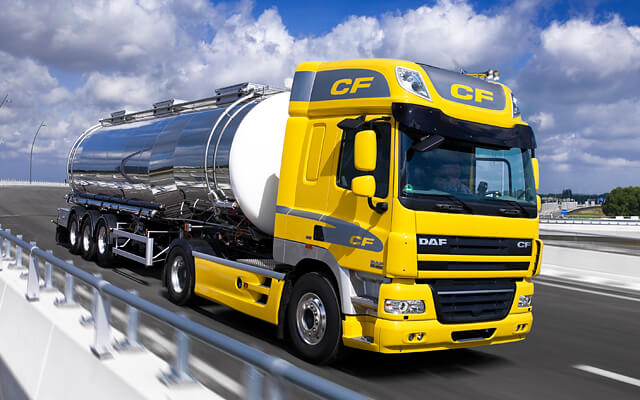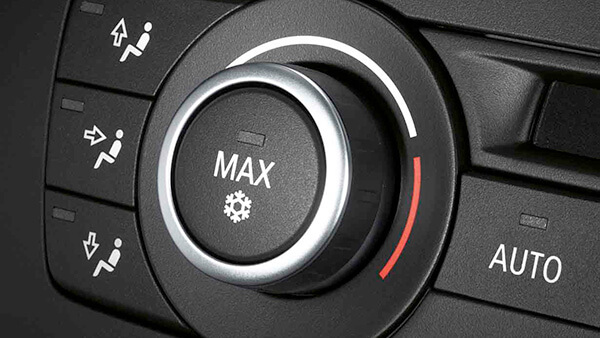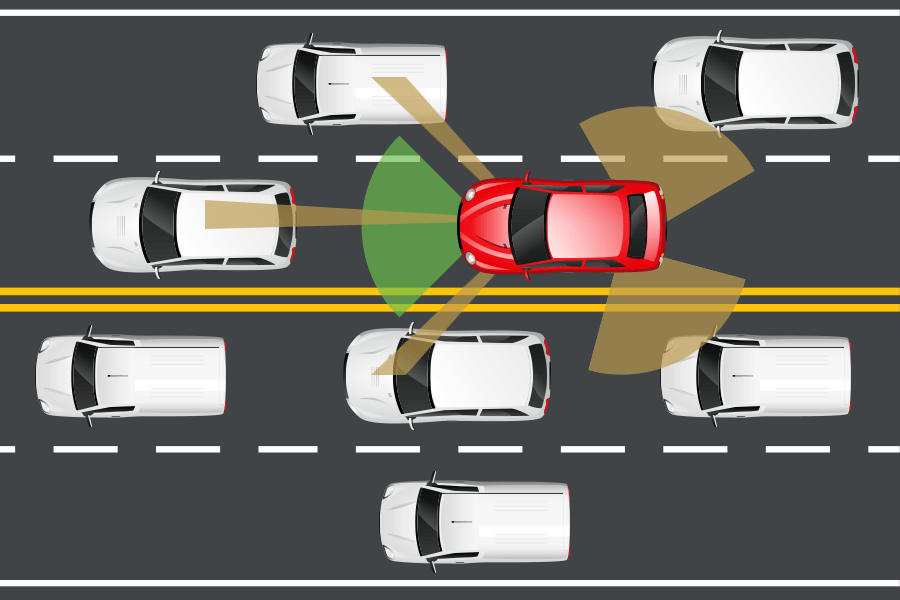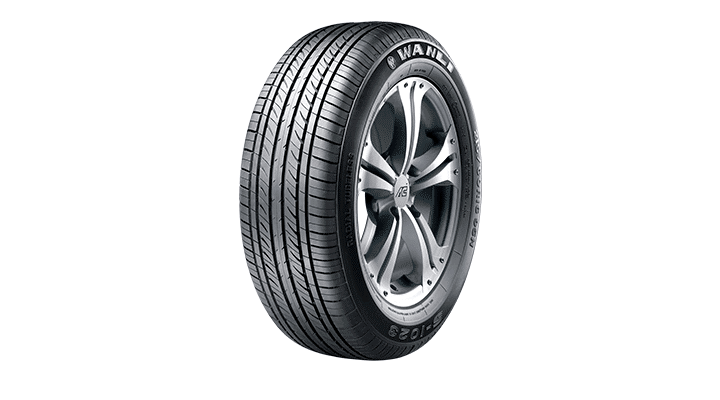Power windows are responsible for approximately 5% emergency room visits every year. When a power window closes, it exerts enough force to bruise or break bones, crush fingers, or restrict an airway. Though power windows exert large amounts of force, they are still largely considered safer than manual car windows.
About Power windows
Power windows can be controlled by the driver. No matter how many times you tell a misbehaving child to leave their power window switch alone. They may still keep pressing the button to open their window.
The driver has a master set of window controls to close any window that is open on the car. This simple device saves lives and prevents injuries that could have occurred if a child tried to climb out the window. A manual window cannot be controlled by the driver in the same way.
There is a window lock switch. If you have a small child or a dog that tends to press the power window switch accidentally, or if you want to make sure that an accident or crushing injury doesn’t occur by the power window, you can engage the power window lock.
It is typically mounted on the driver’s power window controls or on the dashboard, and when it is engaged the rear windows will not open with the rear switches. The driver can still open and close the rear power windows with the master control and the front passenger can still operate their window normally.
There is an anti-pinch device. The power window motor exerts massive force when a power window is being closed. In windows that use an express-up function, the window motor is equipped with an anti-pinch feature. The window will reverse if it encounters an obstruction like a child’s hand. Though it may still pinch, it will reverse directions before a serious crushing injury occurs.
